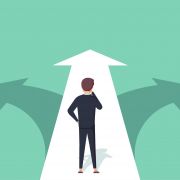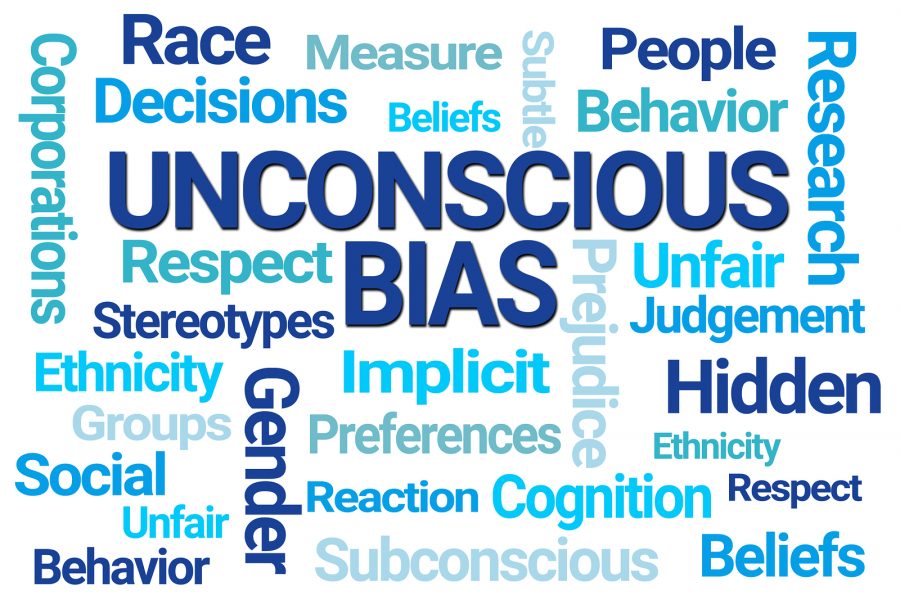3.0 Unconscious Bias & Visioning
3.1 Facts

 Facts Checklist
Facts Checklist
Please complete all of the readings and activities before continuing to part 3.2.
☐ Read and Reflect on Facts 1-6
☐ Reflection Note: The Trusted Team Activity
☐ Complete Project Implicit’s Unconscious Bias Test
☐ Read & watch YouTube video on Heuristics
☐ Reflect on how Heuristics can lead to Biases
☐ Read and Reflect on Combatting Unconscious Biases
 Facts
Facts
 What Are Heuristics and Why Do They Matter?
What Are Heuristics and Why Do They Matter?

As we move throughout the world, we process large amounts of information and make many choices with limited amounts of time. Hence when information is missing, or an immediate decision is necessary, heuristics act as “rules of thumb” that guide our behavior down the most efficient pathway.
Heuristics are the name given to your brain’s mental reflexes and rapid insights. The human mind can only handle so much information at once, so the brain develops these shortcuts to help you compensate for limitations on time, mental energy, and information. In summary, the mind uses heuristics to simplify decision-making.
Heuristics are created due to prior experiences, and people often give these mental reflexes names such as common sense, intuition, or prejudice. But these shortcuts aren’t always optimal. In fact, heuristics are often inflexible toward change.
Source: https://www.psychologytoday.com/ca/basics/heuristics#understanding-heuristics
 How Heuristics can Lead us to Mistaken Conclusions?
How Heuristics can Lead us to Mistaken Conclusions?
 How Heuristics Sometimes Leads to Cognitive Biases
How Heuristics Sometimes Leads to Cognitive Biases
How Cognitive Biases Shape Our World?
Now that you’re familiar with how our mind is susceptible to various kinds of unconscious biases, the role of heuristics, and how they can impact our mind to form different kinds of cognitive biases, check the infographic below for more information. Are there any that have tricked you recently?

20 Cognitive biases that screw up your decisions.pdf
 Outsmarting Yourself
Outsmarting Yourself
By now, you should be aware that you, too have blindspots, although what they are is not as important as acknowledging that they exist. The good news is that whatever they are, you can outsmart them.
Let us now dive deep to understand the techniques that we can use as an individual to combat our unconscious biases.

 What’s coming up?
What’s coming up?
You’ve completed: 3.1 Facts, you can move on to 3.2 Aligning & Crafting Your Vision by using the menu at the left or the navigation at the bottom of this page.

